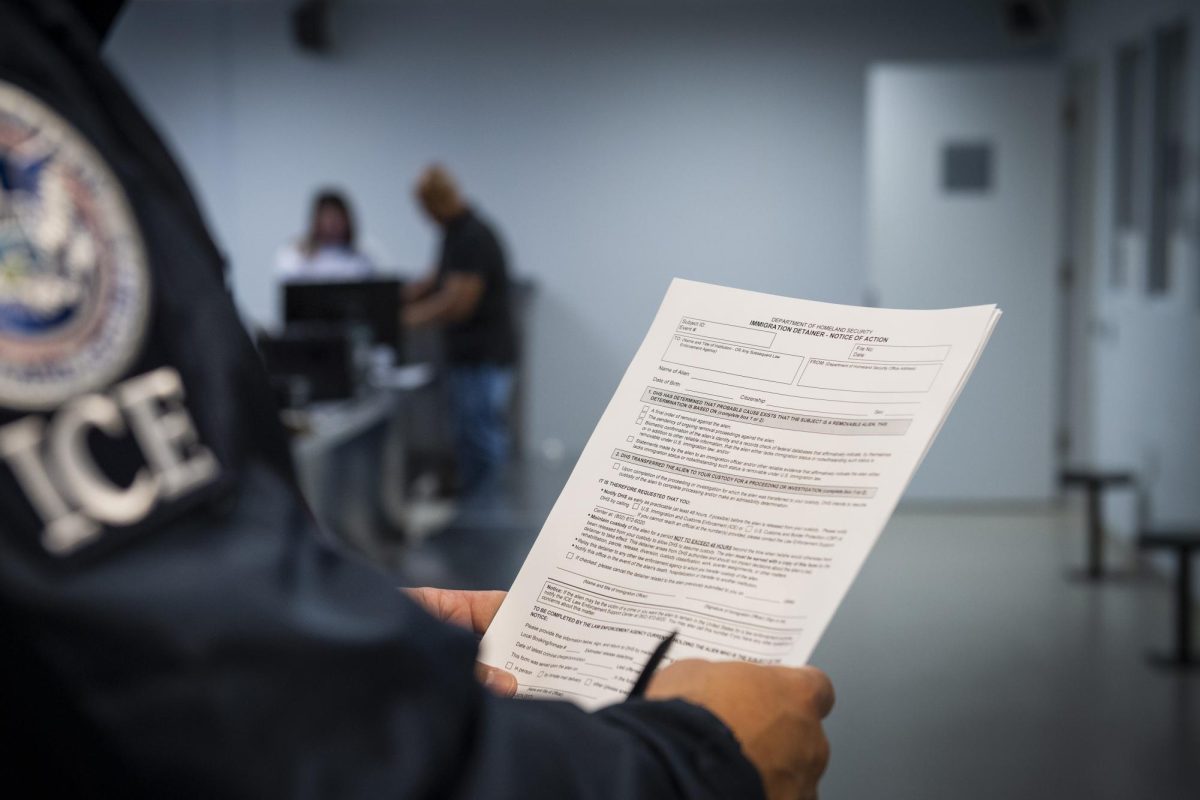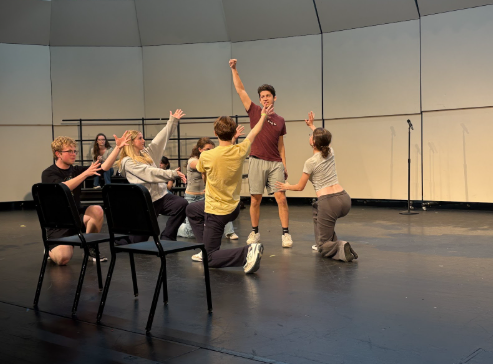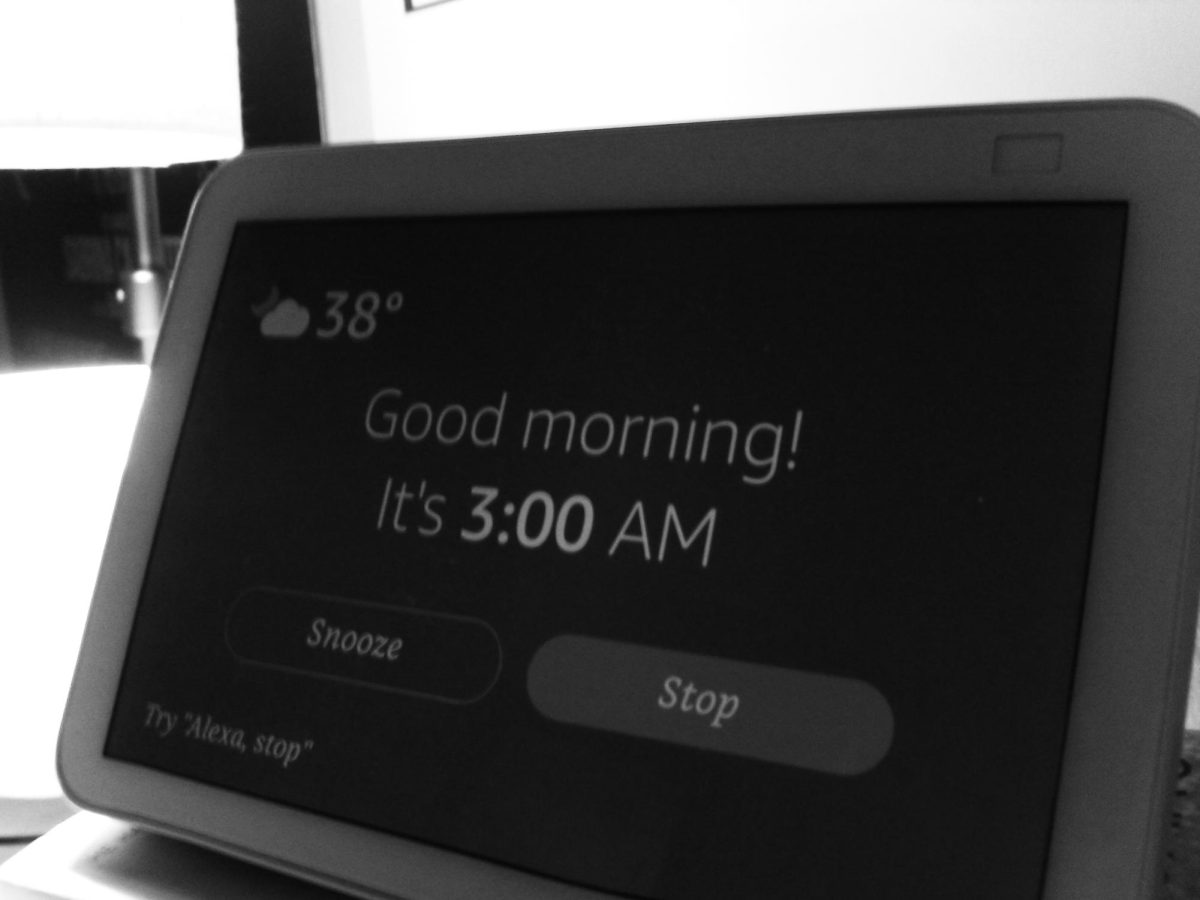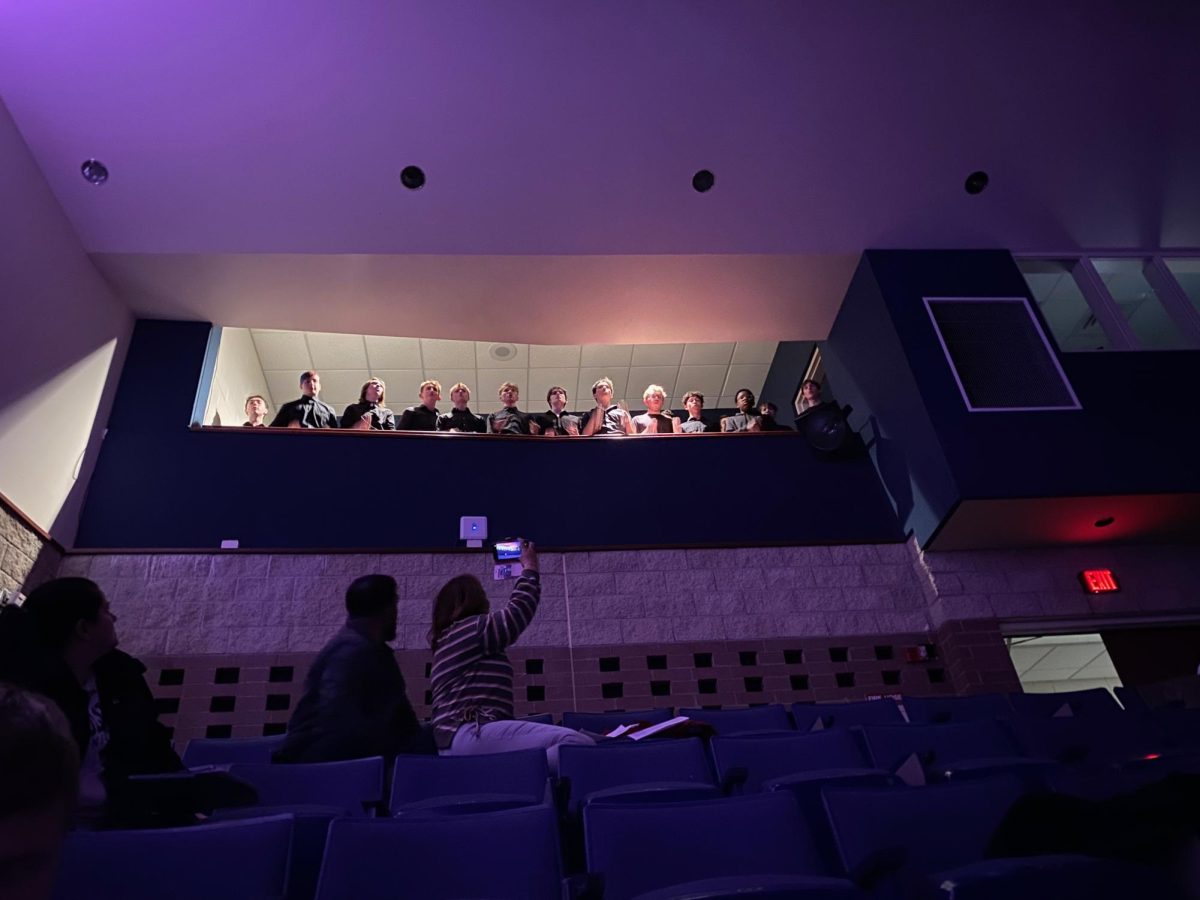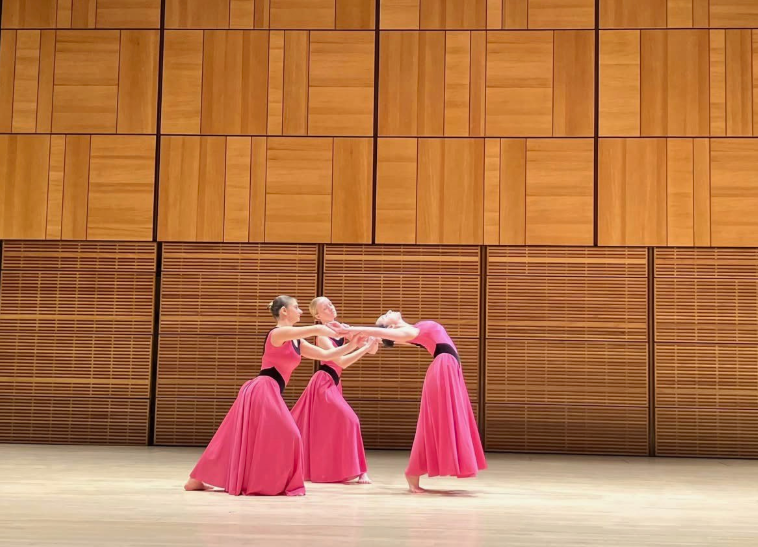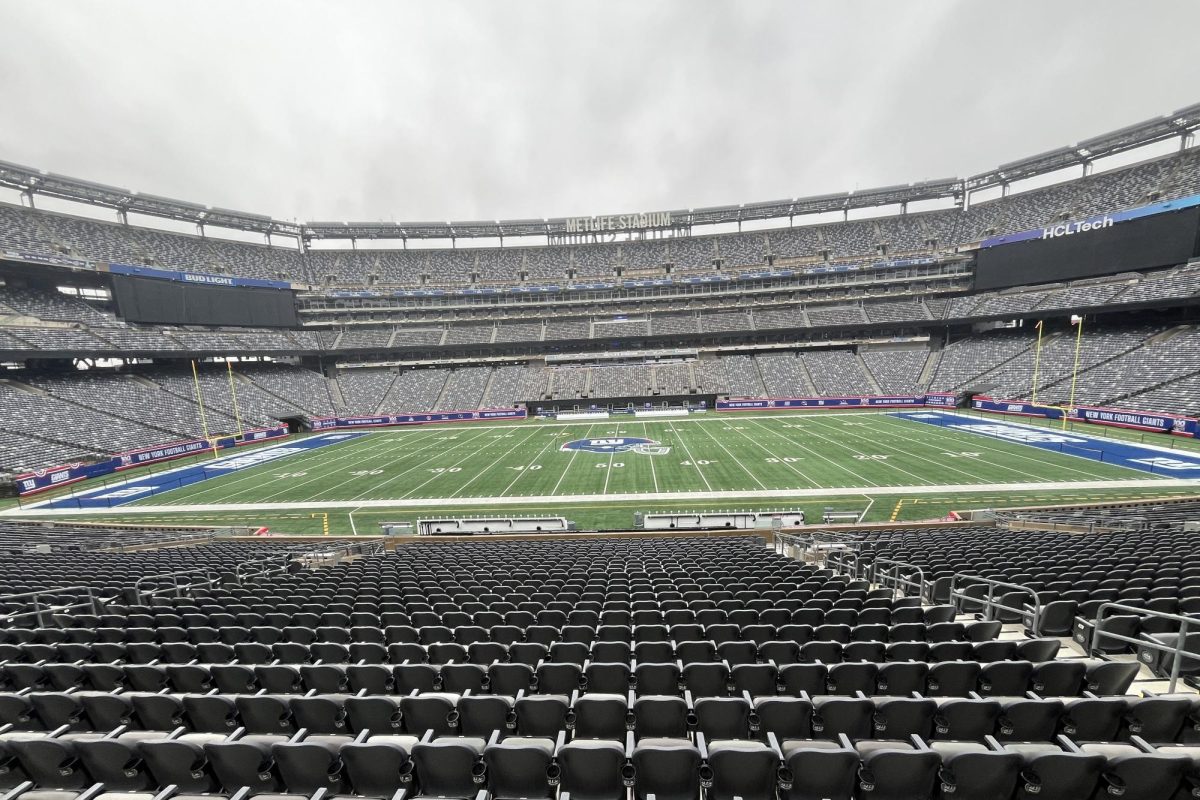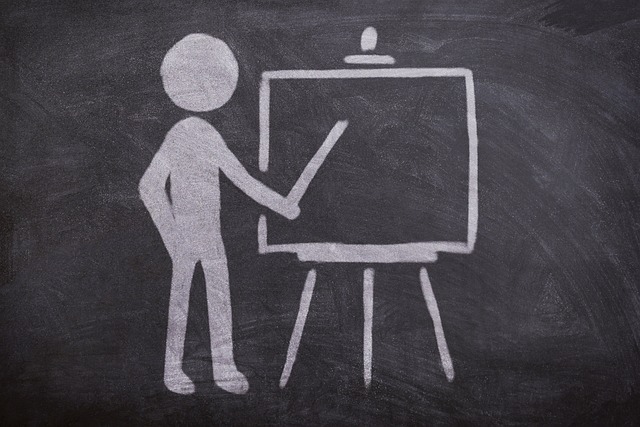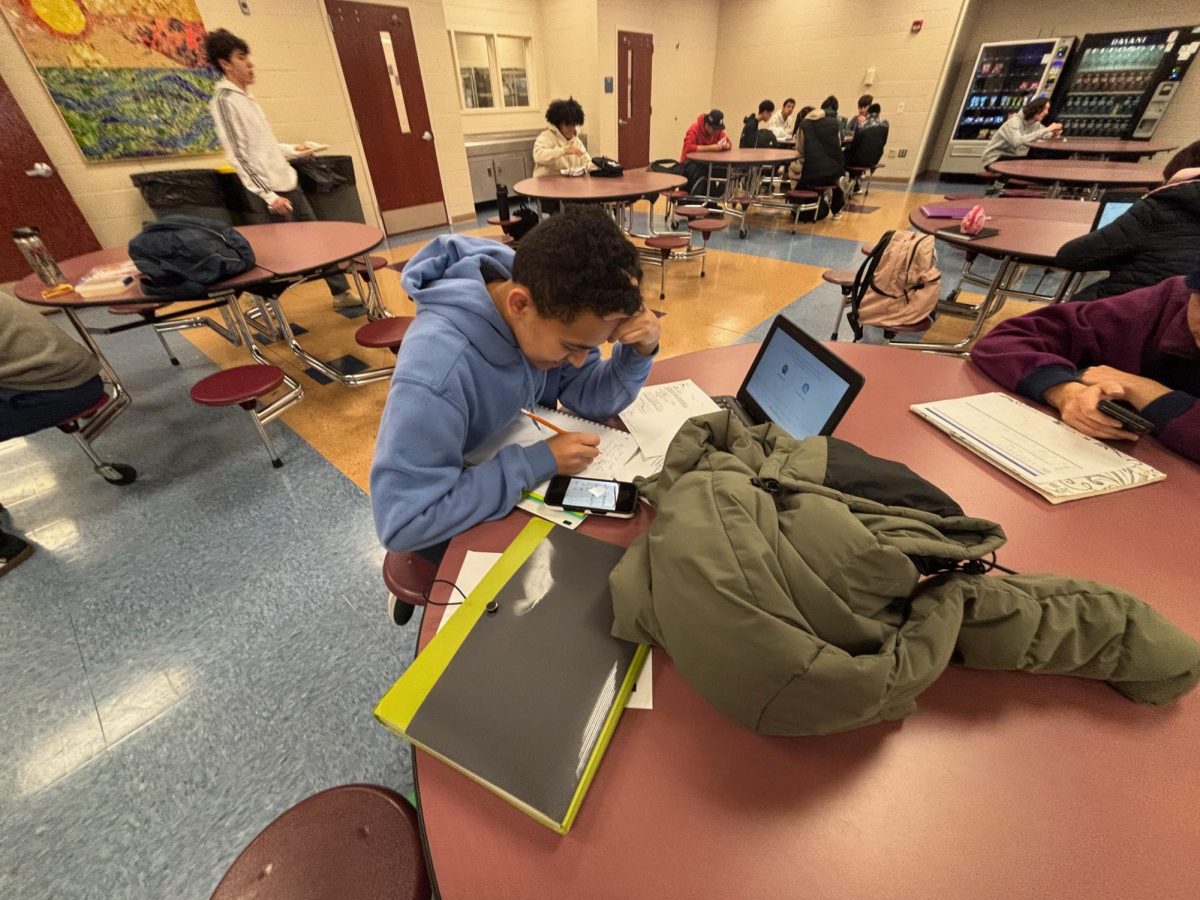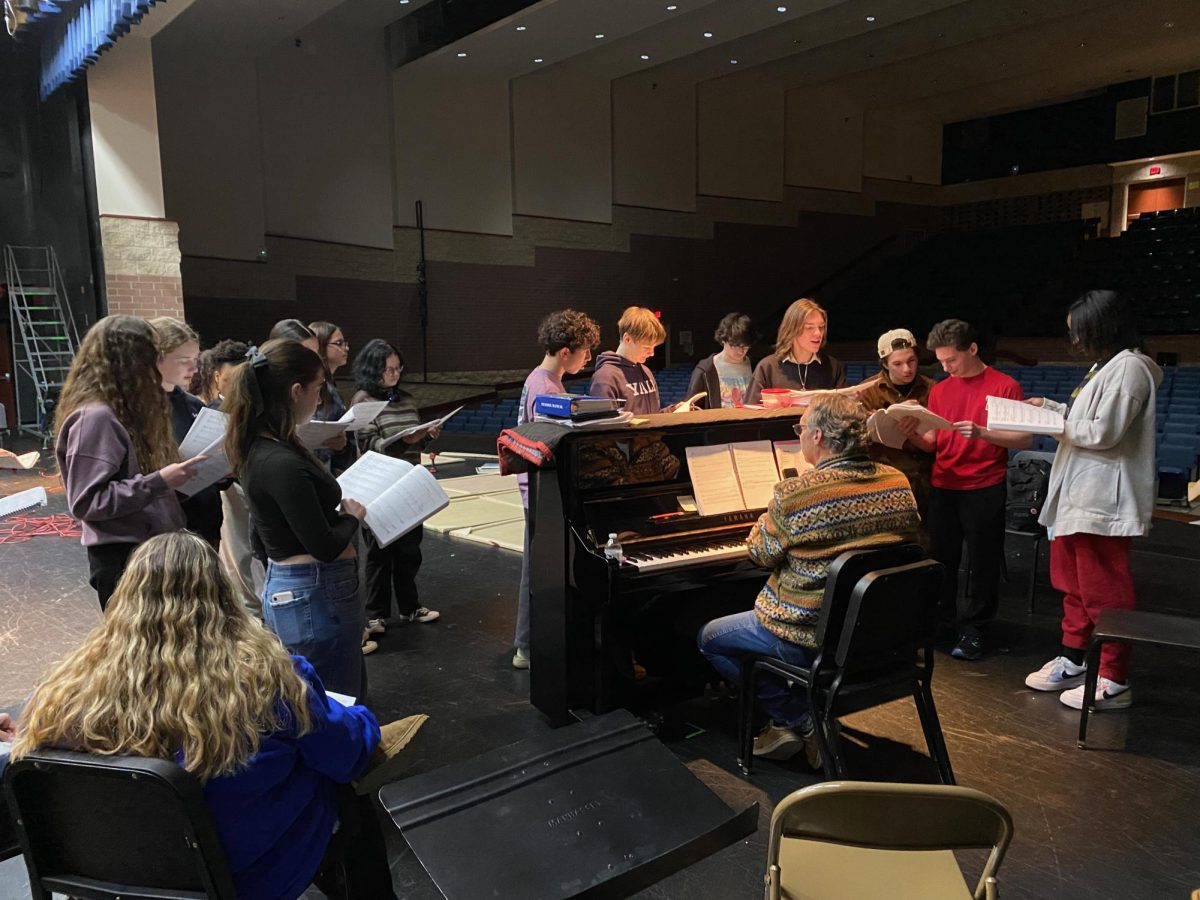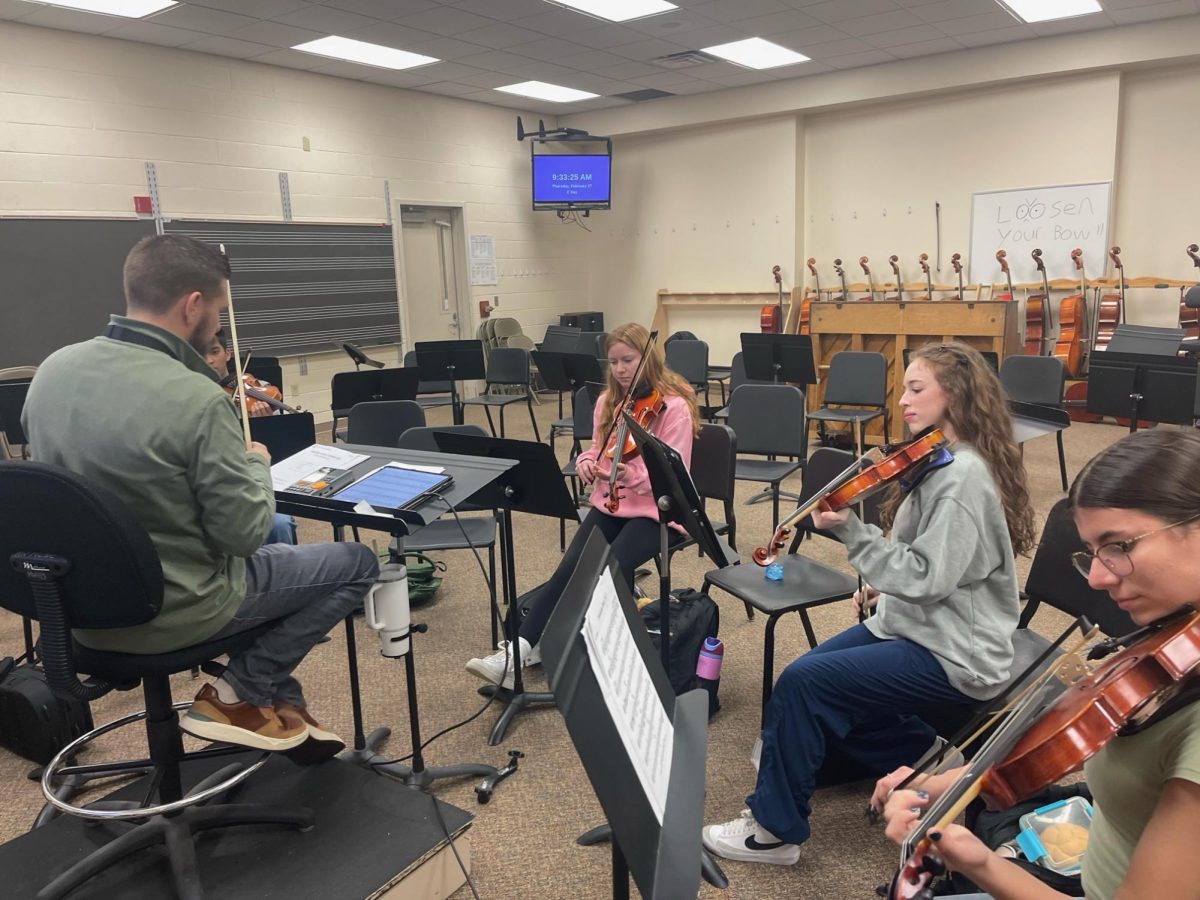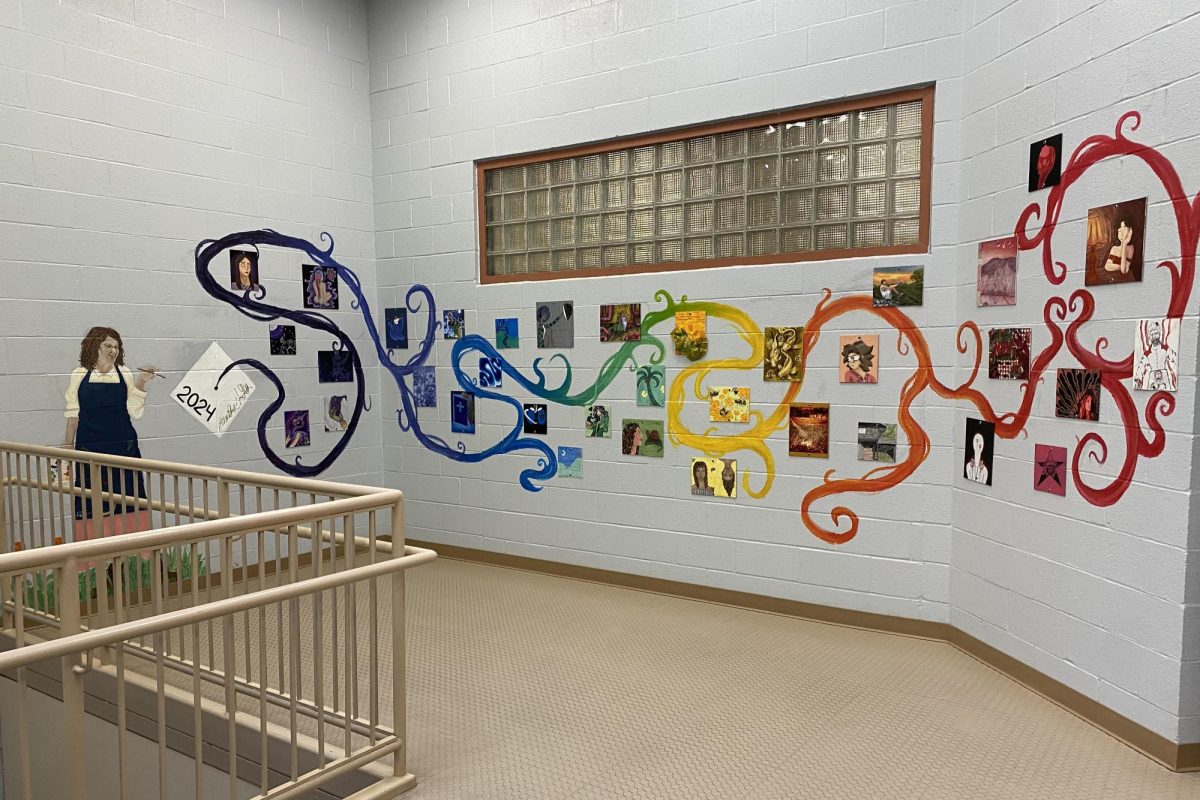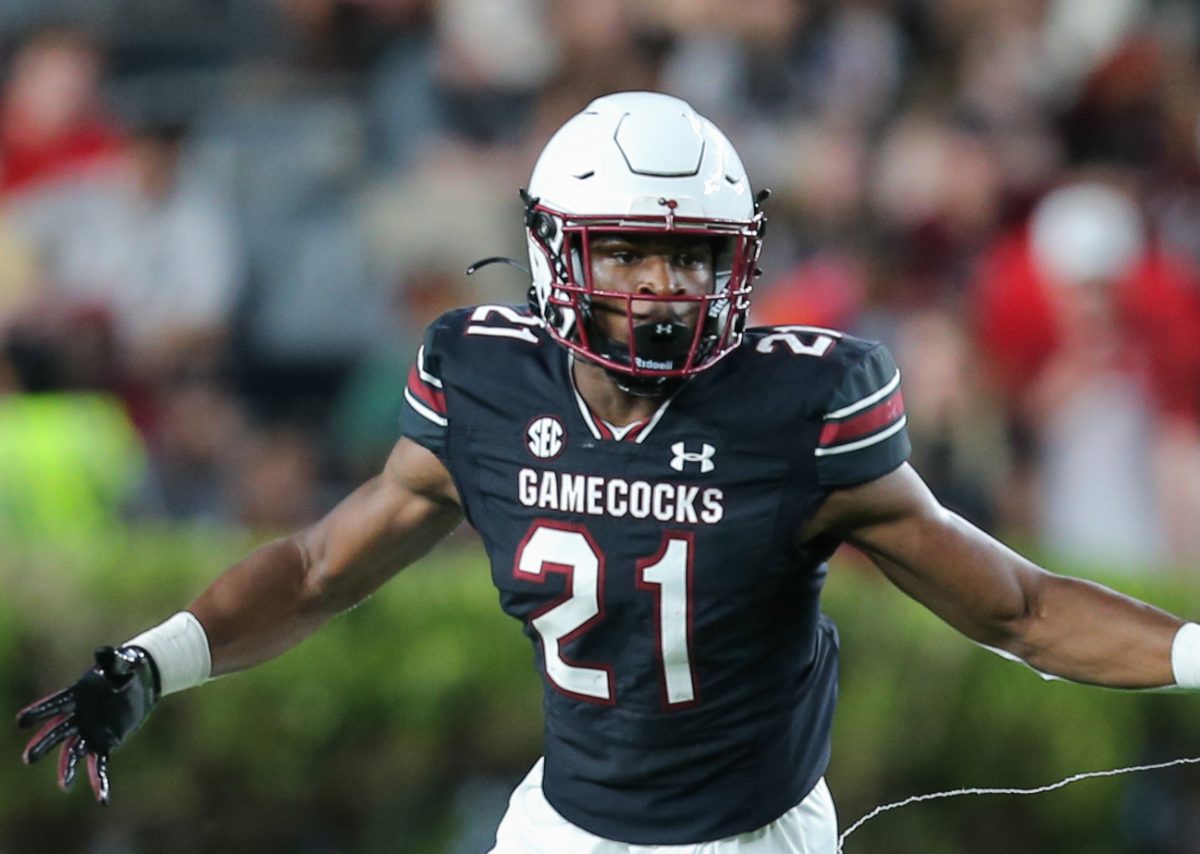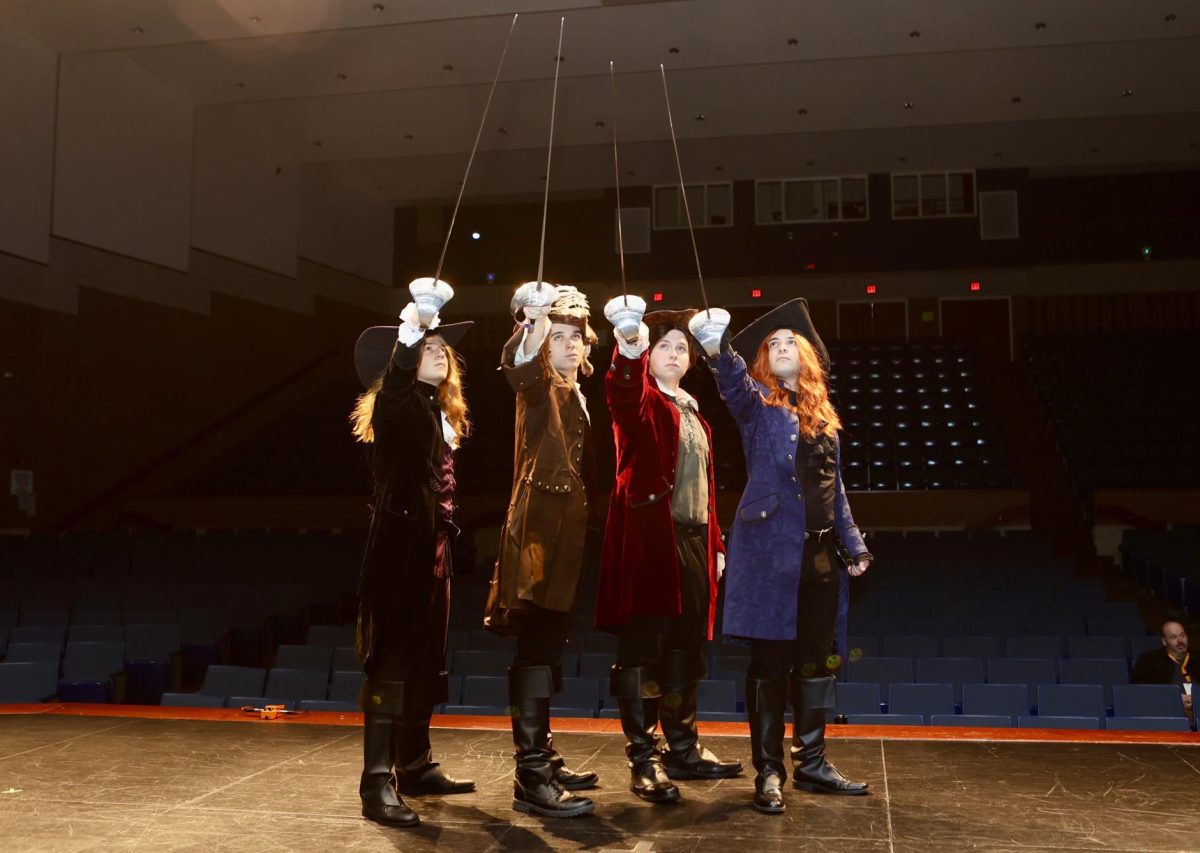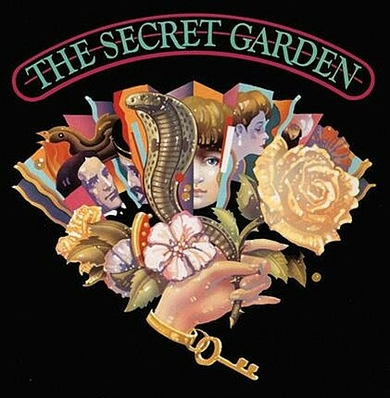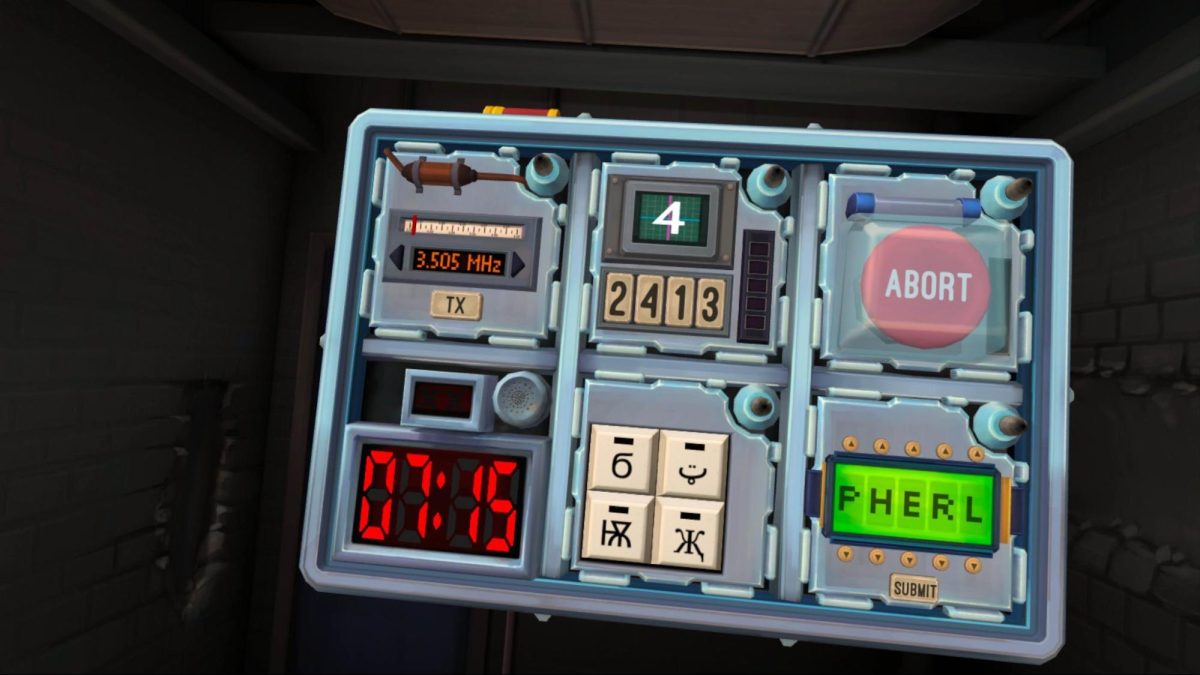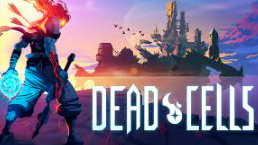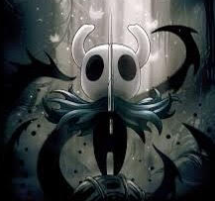Over the past decade, some teachers of the Monroe-Woodbury English Department have attempted to create a more diverse setting for students by incorporating LGBTQ+ literature into their curriculum and classroom libraries, even as book bans targeting LGBTQ+ literature rise across the country.
In the past few decades, the visibility of the LGBTQ+ community, specifically among teens, has grown drastically. According to the September 2020 study, LGBT Youth Population in the United States, by the Williams Institute at UCLA School of Law, there are approximately 113,000 teens (13-17) that identify as LGBT in New York State. In the United States there are an estimated 1,994,000 teens that identify as LGBT (Lesbian, Gay, Bisexual, and Transgender).
LGBTQ+ themes in literature have always been present. In classical literature written during times of less acceptance, these themes could be hidden between the lines. It’s not often that books regarded as classics presented LGBTQ+ themes upfront; however, alongside the explosion of young adult/contemporary books, visible LGBTQ+ themes have become more and more popular and controversial.
“A lot of the representations of the LGBTQ characters that you’re going to see are typically more contemporary…they are in classics, but you have to squint at the work a lot more to see it,” said English 9 Honors teacher, Ms. Rosenfeld.
Teachers incorporate LGBTQ+ literature into classrooms in various ways. Some teachers have a classroom library that students can browse and choose a book from. Some host in-class book clubs for their students where LGBTQ+ literature books are available to read. Others choose LGBTQ+ books from their grade level’s “whole class list” and read it as a class, Ms. Bulla, the English department chair explained.
“When I came home from our national conference, the National Council of Teachers of English, I had a list of titles that were recommended/authors that I had seen,” said Ms. Bulla, “and I purchased a number of titles to share and distribute so that folks could add them to their classroom libraries.”
A 2022 report by the Human Rights Campaign (HRC) Foundation found that LGBTQ+ teens reported that experience a higher levels of anxiety, stress, and rejection. Additionally, many LGBTQ+ students reported feeling unsafe in classrooms and school.
An article titled “The Benefits of LGBTQ+ Books for Kids” from the book publisher Harper Collins said that including LGBTQ+ characters in school curriculums “lets students know that they are seen, heard, valid, accepted, and loved in their school community.”
Individual classroom teachers decide whether to present books with LGBTQ+ content and decide how to teach them. They can choose any book from the high schools’ many book rooms, which feature a variety of topics.
The process of adding a book to a book room or class library begins with a classroom teacher who requests a book. If the book is already in the school’s library collection, then the title will be ordered by Ms. Bulla. If it is not, then the title is subjected to a selection process that includes recommendations from professional organizations like the National Council for Teachers of English. If no such recommendation exists, than the teacher must provide a rationale for the book’s inclusion into their classroom. Following that selection process, the book will be ordered and, once received, added to the collection.
Book challenges and removals have become more common and visible in the last few years. According to the American Library Association, 57 books were challenged in 2023 in the U.S., commonly those that featured LGBTQ+ characters, lifestyles, and/or having LGBTQ+ based messages. The most challenged book in New York was “This Book is Gay” by Juno Dawson, followed by “Gender Queer” by Maia Kobabe and “All Boys Aren’t Blue” by George M. Johnson, all of which focus on LGBTQ+ themes. Organizations such as Moms for Liberty have challenged books around the country to varying degrees of success.
English teacher Ms. Spinelli said its important for all students to have access to books about the LGBTQ+ experience.
“These texts are windows, doors, and mirrors for folks. Windows for people to look through to kind of see [other people’s lives]. Doors to open for people to step into someone else’s realm for a little bit. And mirrors so that people can see themselves in it,” said Ms. Spinelli, referencing an theory popularized by Dr. Rudine Sims Bishop, a professor who studies multicultural children’s literature.

